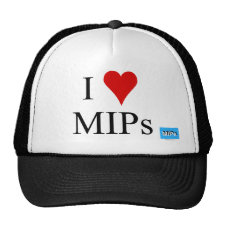
Authors: Zhang LM, Li DM, Li ZZ, Liu EW, Li SB, Cao L, Gao HL, Wang F, Hou YZ
Article Title: Preparation and Characterization of Surface Molecularly Imprinted Polymers for Selective Adsorption of Ethopabate.
Publication date: 2016
Journal: Food Science
Volume: 37
Issue: (4)
Page numbers: 226-232.
DOI: 10.7506/spkx1002-6630-201604041
Alternative URL: http://www.spkx.net.cn/EN/abstract/abstract38228.shtml
Abstract: The novel functional monomer N,O-bismethacryloyl ethanolamine (NOBE) was synthesized and used to prepare molecularly imprinted polymers (ETP-MIPs) for adsorbing ethopabate by surface molecular imprinting technique using silica gel as the support matrix and ethylene glycol dimethacrylate (EGDMA) as the crosslinking agent. Three polymerization conditions including molar ratio of template to functional monomer, molar ratio of template to crosslinking agent and porogen type were optimized using an orthogonal array design. The type of porogen was the most important factor, followed by the ratio of template to functional monomer and ratio of template to crosslinking agent. The best imprinting efficiency was observed for molecularly imprinted polymers with a molar ratio of ETP to NOBE to EGDMA of 1:2:20 using acetonitrile as the porogen. The Scatchard analysis indicated that there were two classes of binding sites in ETP-MIPs; the equilibrium dissociation constant (Kd) and apparent maximum binding capacity (Qmax) for the high affinity sites and low affinity sites were calculated as follows: Kd1=1.608 μg/mL, Qmax1=1.101 μg/mg; and Kd2=0.109 μg/mL, Qmax2=0.172 μg/mg, respectively.
Template and target information: ethopabate
Author keywords: Molecularly imprinted polymers, surface molecular imprinting technology, orthogonal array experiment, ethopabate



Join the Society for Molecular Imprinting

New items RSS feed
Sign-up for e-mail updates:
Choose between receiving an occasional newsletter or more frequent e-mail alerts.
Click here to go to the sign-up page.
Is your name elemental or peptidic? Enter your name and find out by clicking either of the buttons below!
Other products you may like:
 MIPdatabase
MIPdatabase









